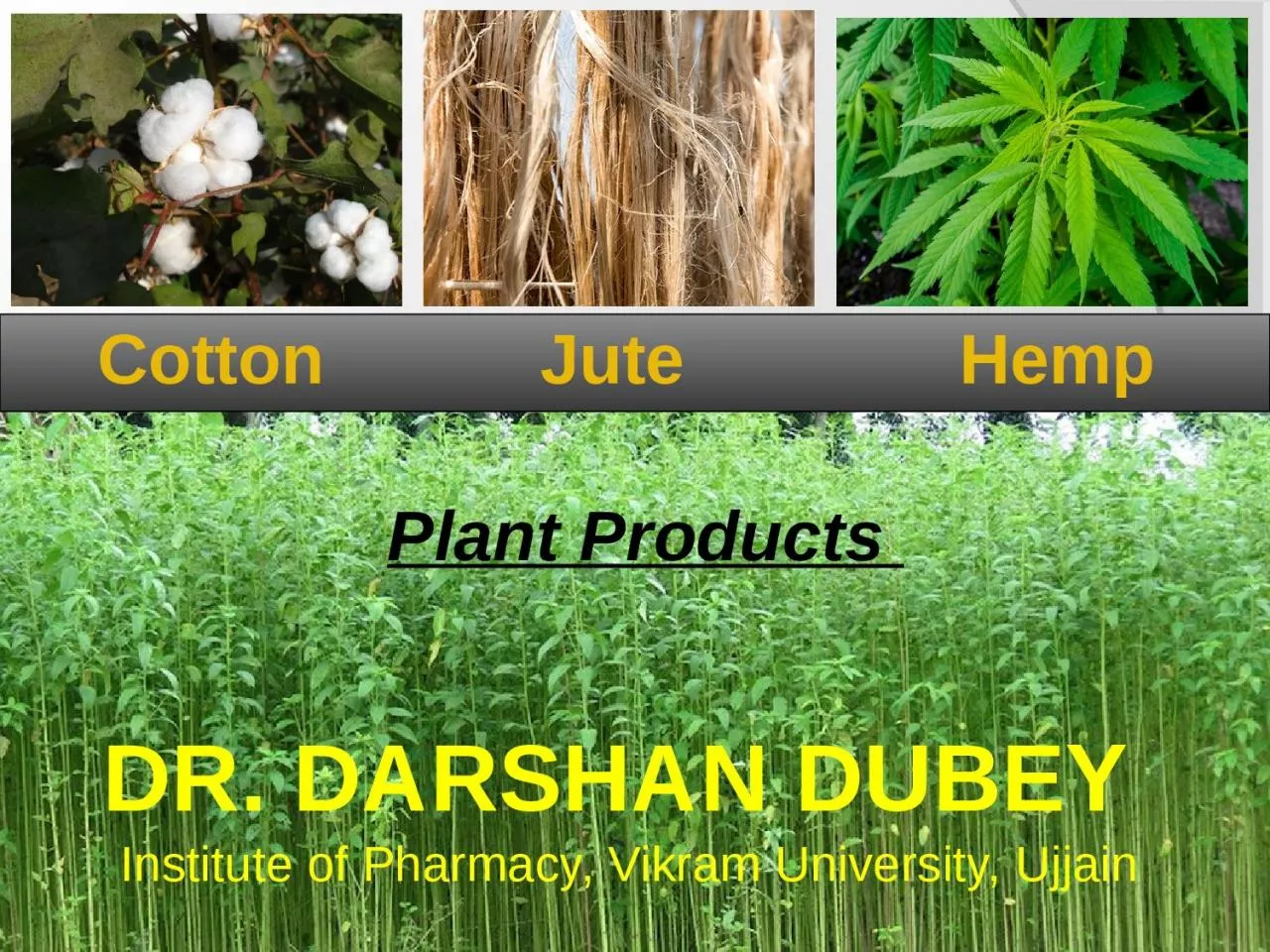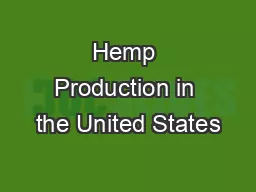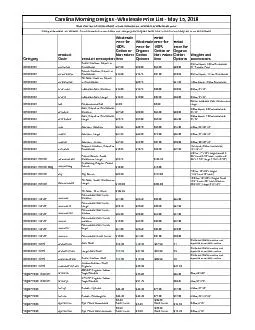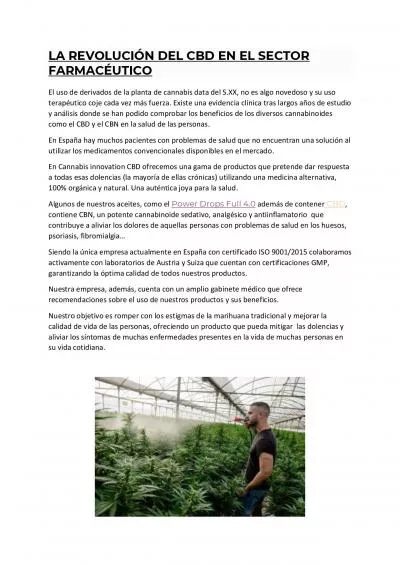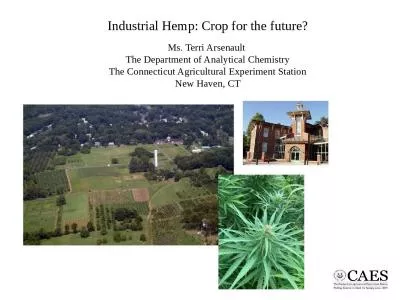PPT-Plant Products Cotton Jute Hemp
Author : deborah | Published Date : 2024-02-09
Dr Darshan Dubey Institute of Pharmacy Vikram University Ujjain COTTON RAW COTTON Synonym Purified cotton Biological Source trichomes of seeds of cultivated
Presentation Embed Code
Download Presentation
Download Presentation The PPT/PDF document "Plant Products Cotton J..." is the property of its rightful owner. Permission is granted to download and print the materials on this website for personal, non-commercial use only, and to display it on your personal computer provided you do not modify the materials and that you retain all copyright notices contained in the materials. By downloading content from our website, you accept the terms of this agreement.
Plant Products Cotton Jute Hemp: Transcript
Download Rules Of Document
"Plant Products Cotton Jute Hemp"The content belongs to its owner. You may download and print it for personal use, without modification, and keep all copyright notices. By downloading, you agree to these terms.
Related Documents

